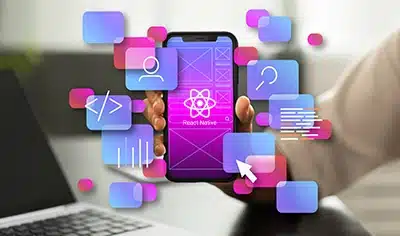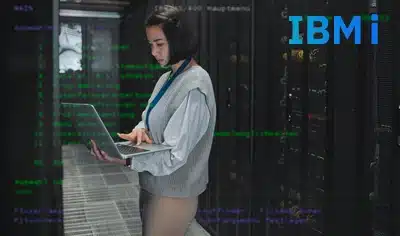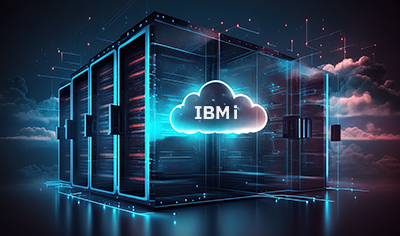The IBM i System, or iSeries as it’s commonly known, has had a golden run since being unveiled in 1988. Many medium
and large enterprises still utilize iSeries applications to run critical workflows. However, as companies pursue complex digital transformation amid technological disruption, the so-called IBM iSeries today faces numerous challenges such as elevated maintenance and operating costs, limited scalability, and incompatibility with new technology.
In the digital era, organizations are seeking to overhaul their operating and business models, products and services to meet dynamic customer expectations. Given this imperative, legacy applications like iSeries require a bottoms-up reboot, or modernization. Not doing so will impede the ability of enterprises to gain competitive edge, boost agility, improve user experiences, minimize costs, and augment revenues.
In order to ensure business continuity, minimize risks and increase efficiency, enterprises should consider adopting the following three-phase approach to enterprise legacy migration:
-
Evaluate prevailing setup
Studying the existing iSeries setup is essential to establishing modernization priorities in line with the organization’s overall IT and business goals. This analysis will help identify the facets that need modernizing such as the existing database, interface and programming language. Moreover, examining quantitative and qualitative data in relation to the architecture, business rules and dependencies will allow decision makers to ascertain the applications that should be ignored, replaced or modernized.
-
Formulate a wellstructured plan
Based on the outcome of the above evaluation, organizations then should decide which of the following three modernization mechanisms meets their objectives:
Rehost: This route entails expedited migration of the legacy application to a new platform, without making changes to the existing architecture. It, therefore, represents only partial modernization.
Batch job migration: Here, organizations balance the load of the
existing infrastructure by migrating heavy files or mission-critical data to a different platform.Re-Engineering: Companies should opt for this route when existing
applications don’t meet current and near-future demands, thus necessitating complete modernization – via creation of a new-age application with enhanced functionalities.After determining the most suitable approach, effective legacy modernization requires a robust implementation plan based on priorities, identification of appropriate tools, setting targets and milestones.
-
Modernize your application
After the research and planning, the final phase is all about implementation. It involves the design, development and testing of the current application architecture, programming languages, databases and interfaces.
When designing the legacy modernization roadmap, it is imperative to ensure every deliverable in the plan supports or drives a business outcome.Damco has proven experience and expertise in successfully delivering end-to-end iSeries modernization for enterprises.










